Last month, we celebrated the theatrical release of Disney’s Mufasa: The Lion King, the highly anticipated prequel film that explores the unlikely rise of the beloved king of the Pride Lands. This release also marked the continued collaboration between Disney and WCN’s Lion Recovery Fund (LRF) for the Protect the Pride campaign, which is raising awareness and critical funds to help the LRF further expand its collaboration with conservationists, governments, and local communities as they strive to double the number of Africa’s lions by 2050. By working together, Disney and the Lion Recovery Fund are creating lasting impacts to help lions and their landscapes recover.
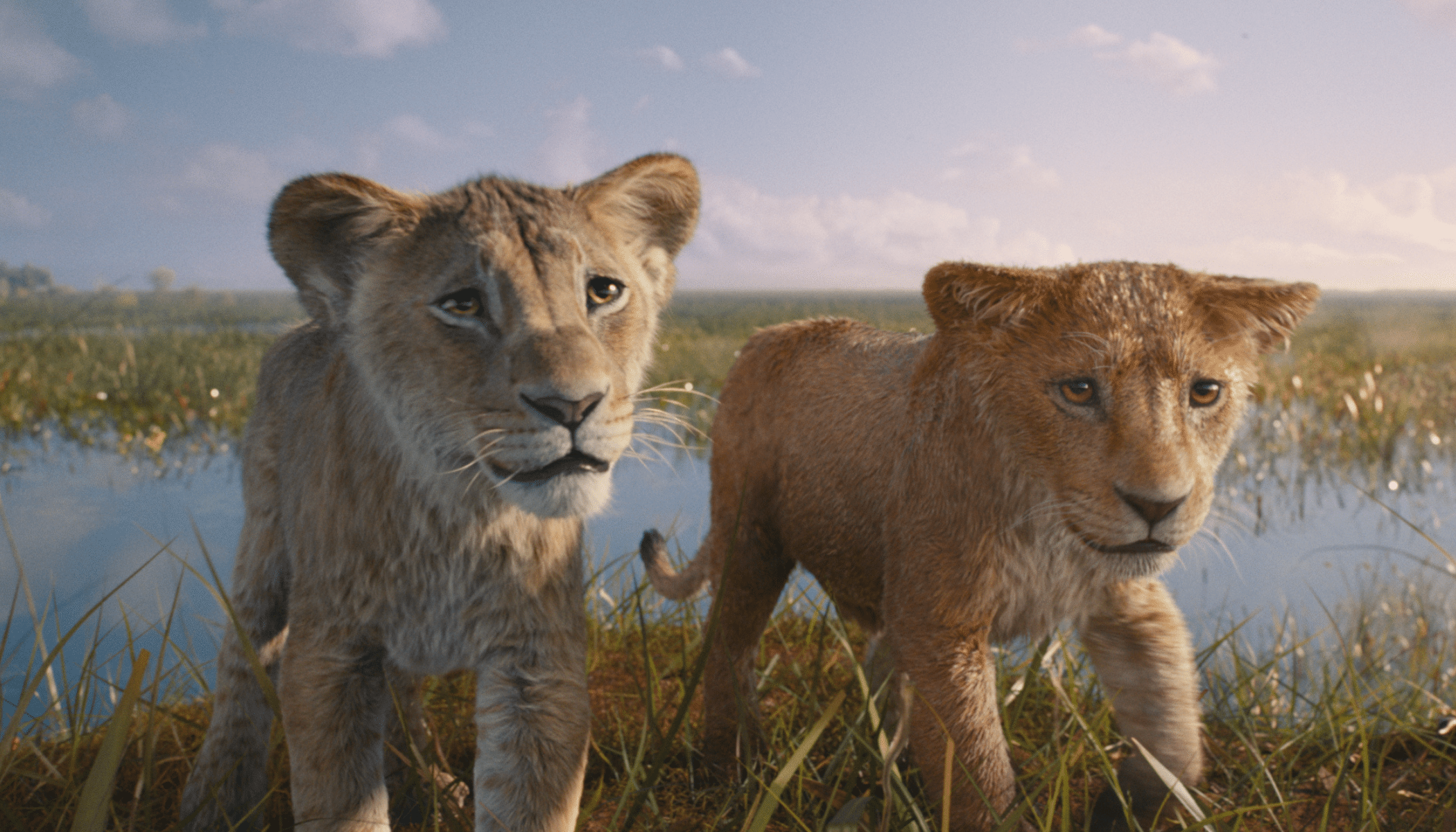
Audiences around the world were thrilled to step back into the story of Mufasa and other beloved characters that have dazzled the big screen for generations. With lions now at the forefront of people’s minds, we’ve received questions about what the lives of real lions are like, and how close Mufasa: The Lion King gets to illustrating the true experience of the king of beasts in the wild.
Curious to learn what’s real and what’s movie magic? Look no further, but be warned, there may be some minor spoilers for the movie!
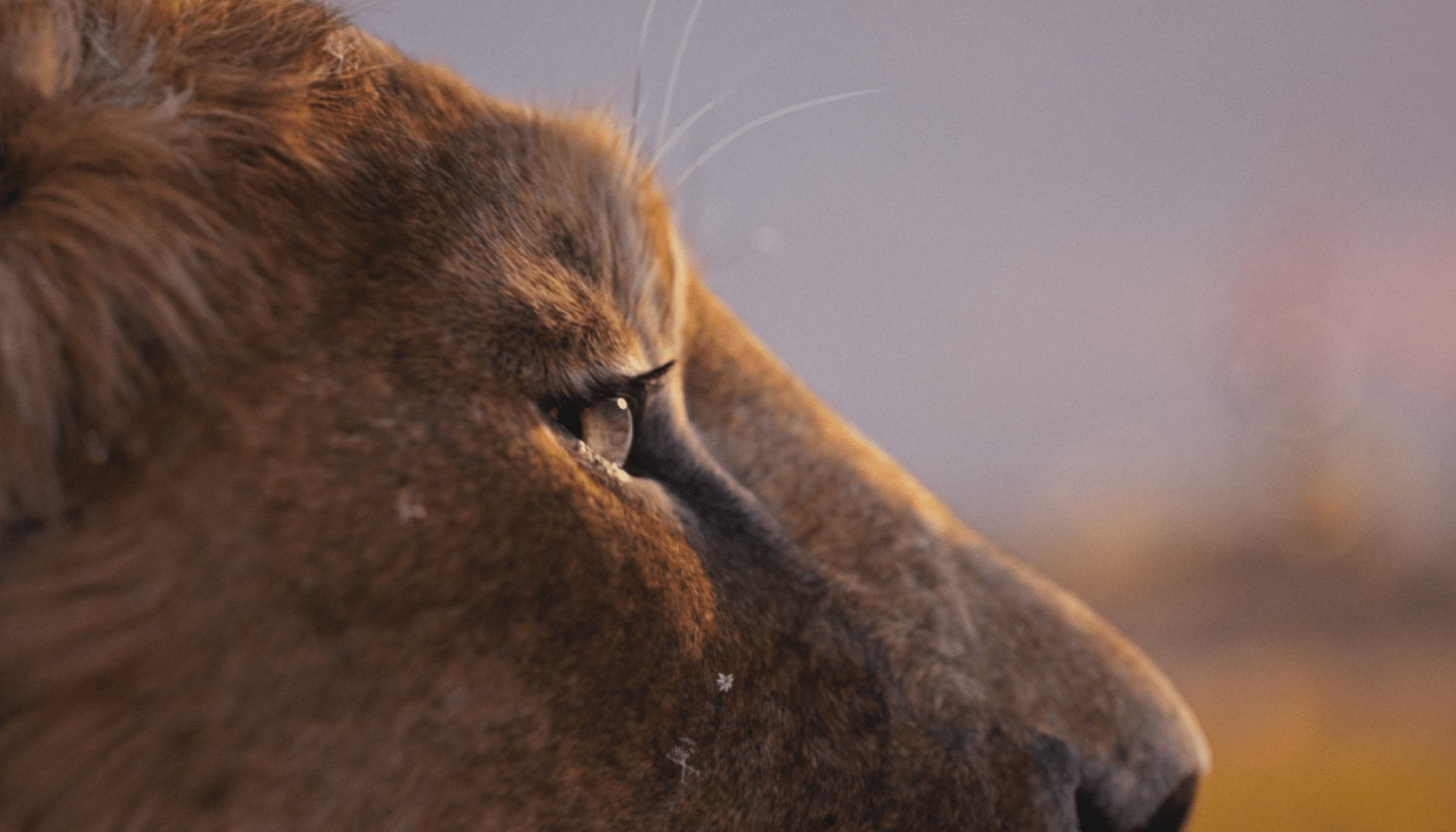
Are there different types and colors of lions?
In Mufasa: The Lion King, a young Mufasa is separated from his family by a flood caused by sudden rains. He links up with Taka and his pride, but soon comes into conflict with a rival pride of white lions known as the Outsiders.
There are two different subspecies of lions in sub-Saharan Africa—the northern and southern subspecies. There are also lions in India, the Asiatic lion, which belong to the northern lion subspecies.
Most lions retain the golden fur tones that we are accustomed to seeing, and while the tone varies slightly, they are typically a tawny color that enables them to blend into the dry grasslands where they hunt. Mufasa and Taka have coats like these. But there is also a rare genetic variation that does produce some lions with white coats, like the Outsiders seen in the movie. These white lions are not albinos, but instead display a form of leucism, which is a partial loss of the natural pigmentation that their fur would normally have. This gives them their ghostly appearance.
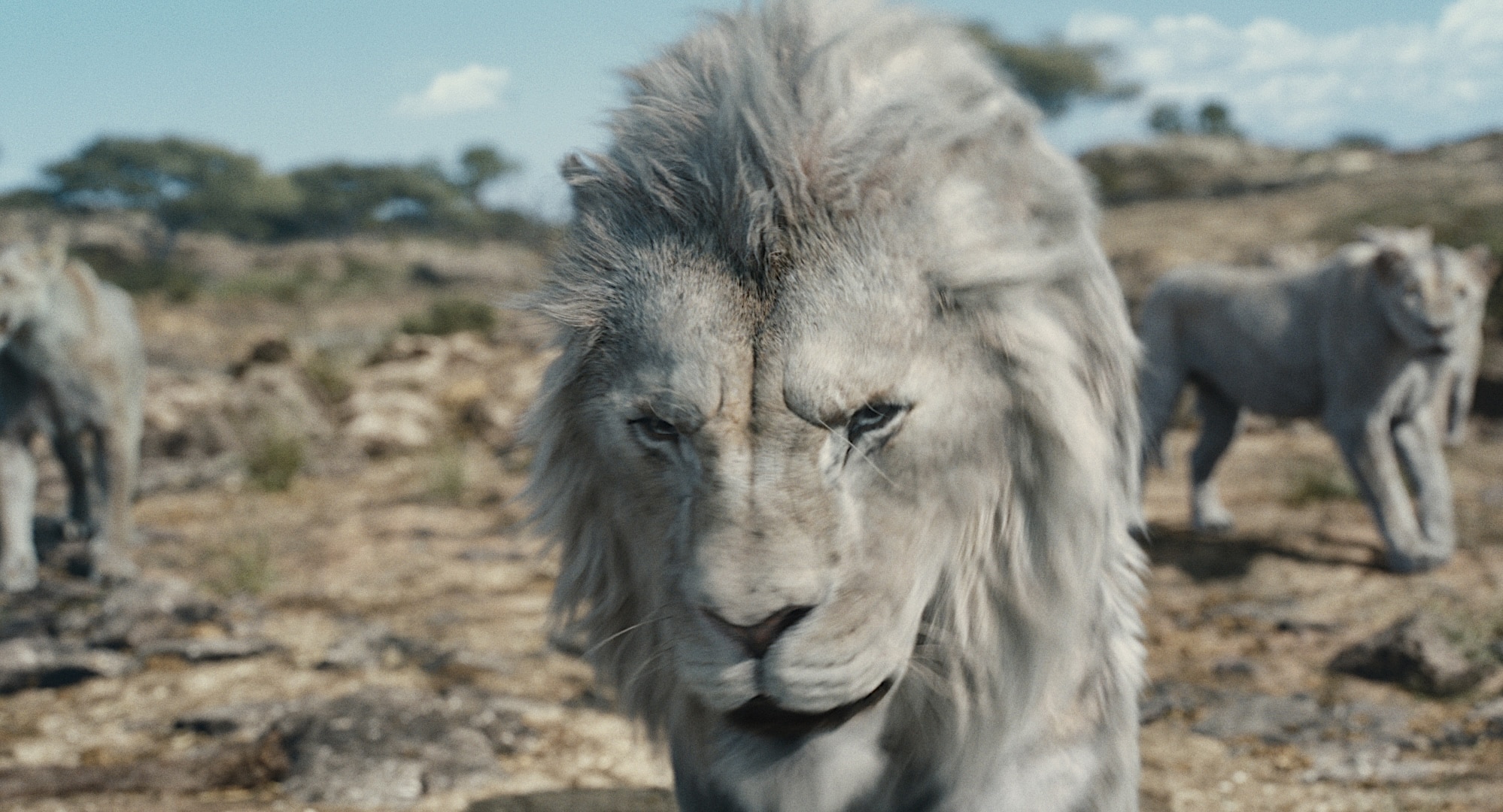
Do lion prides fight each other?
Yes. There are frequent disputes between male lions over the tenureship of prides of females. There can also be conflict between adjacent prides over territory. Despite their commanding image, male lions lead perilous lives in their constant struggle for dominance, and fights between males can be deadly.
Mufasa and Taka’s respective prides come into conflict with the villainous Outsiders, and these conflicts are very true to what real-world lions experience in the wild.
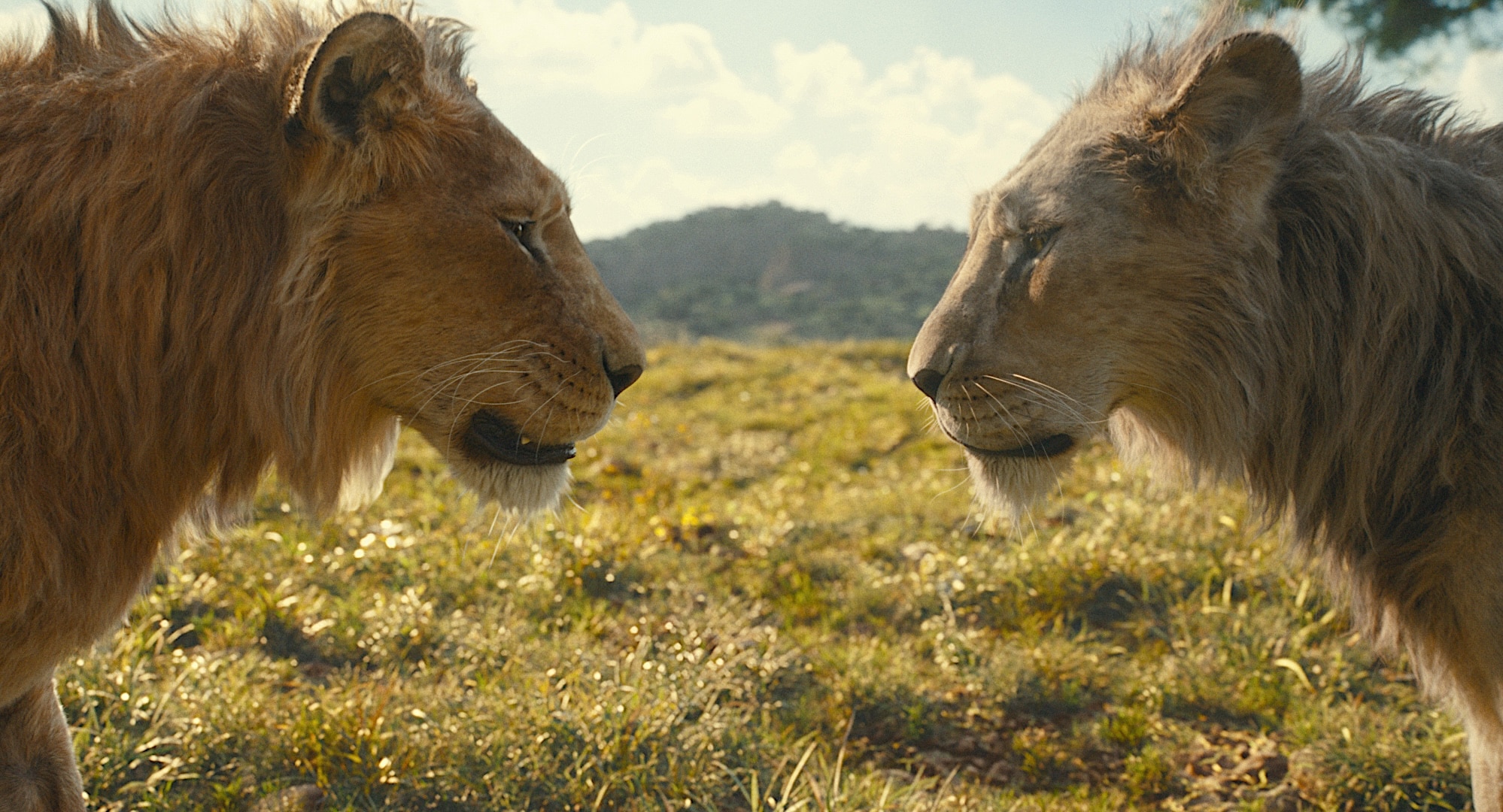
Can lions swim?
In the movie, rivers and other large bodies of water are serious obstacles to young Mufasa and Taka. They often have to swim to avoid danger, but are lions known to be swimmers?
Yes! Lions do swim in the wild, although swimming can be a risky endeavor. Just like most cats, lions aren’t comfortable in the water, and their natural strength and agility is weakened while they’re mostly submerged. In addition to the water itself, rivers and lakes in Africa are often filled with crocodiles and hippos, which can be serious threats to any lion. But when the need arises, usually to traverse their territory, to hunt, or to reach mates for breeding, lions will go for a dip.
Last year, Dr. Peter Lindsey, Director of the Lion Recovery Fund, co-authored a paper about two male lions that made a record-breaking swim across the Kazinga Channel in Uganda. Just like Mufasa and Taka, these brothers braved the perilous water when their lives depended on it.
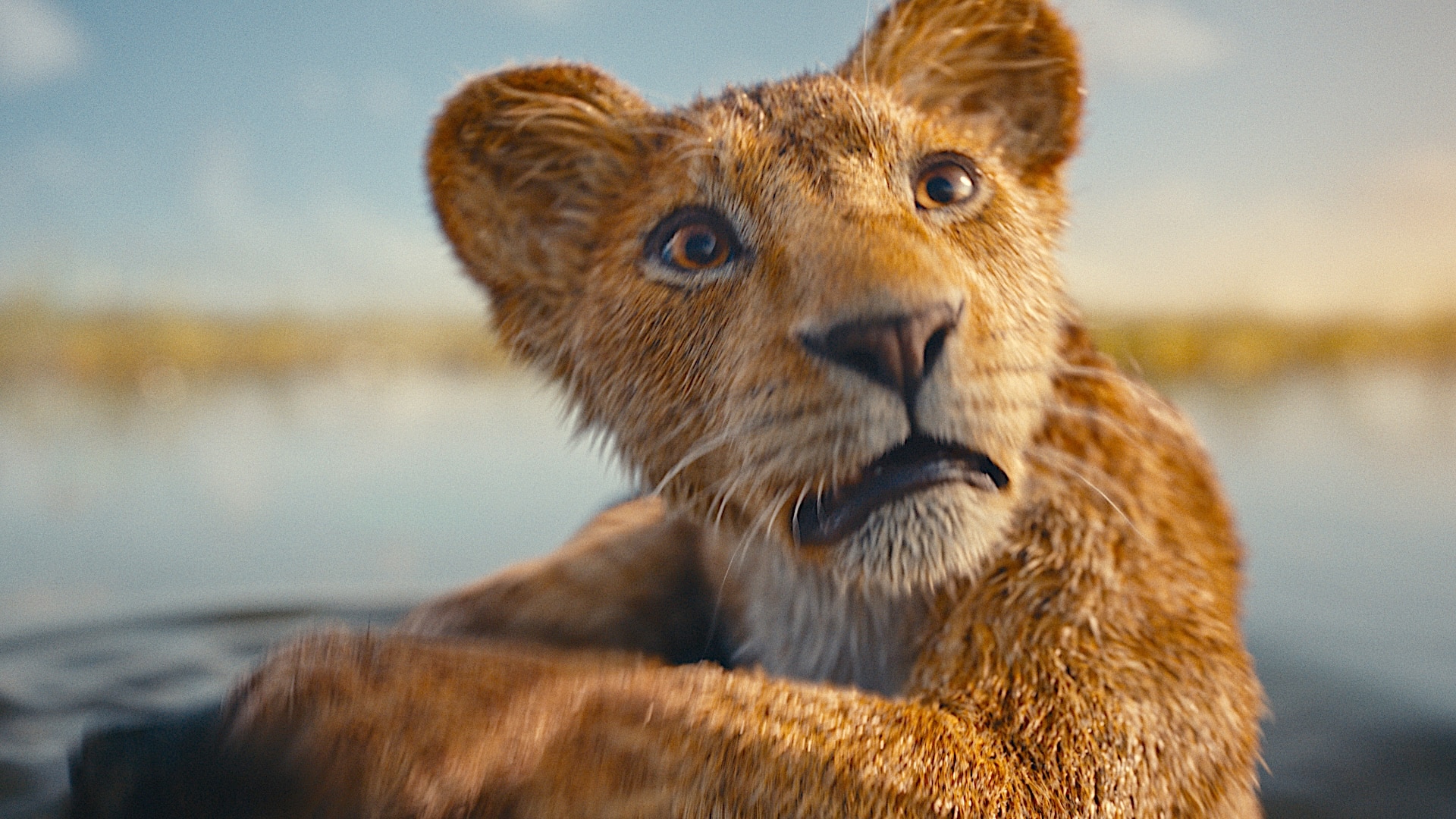
Are elephants really afraid of bees?
In the movie, Mufasa and Taka are joined by Sarabi, who hatches a plan to escape the Outsiders that are pursuing them. While crossing the Great Canyon filled with a large herd of elephants, Sarabi disturbs a beehive, which causes the elephants to panic and begin stampeding. This commotion puts the young lions at risk, but it allows them to escape the Outsiders for a time.
So, are elephants really that afraid of bees? Yes, in real life, elephants hate the sound of bees buzzing and will quickly flee as soon as they hear it. In fact, with long-term support in part from Disney Conservation, one of WCN’s Conservation Partners, Save the Elephants (STE), has documented this fear for years and developed a safe measure to deter elephants from entering human settlements. They have created and distributed beehive fences to local farmers across Kenya, which they use to surround their property to prevent hungry elephants from raiding their crops. When they hear the buzzing coming from the fences, the elephants turn around and go elsewhere, which keeps the farmers from losing the crops that their livelihoods depend on.
This year, STE and their partners completed a groundbreaking, nine-year study which confirms that beehive fences surrounding small farms in Kenya are highly effective at deterring foraging elephants by up to 86% of the time during peak crop season. This innovative and harmless strategy reduces human-elephant conflict and allows people and elephants to coexist.
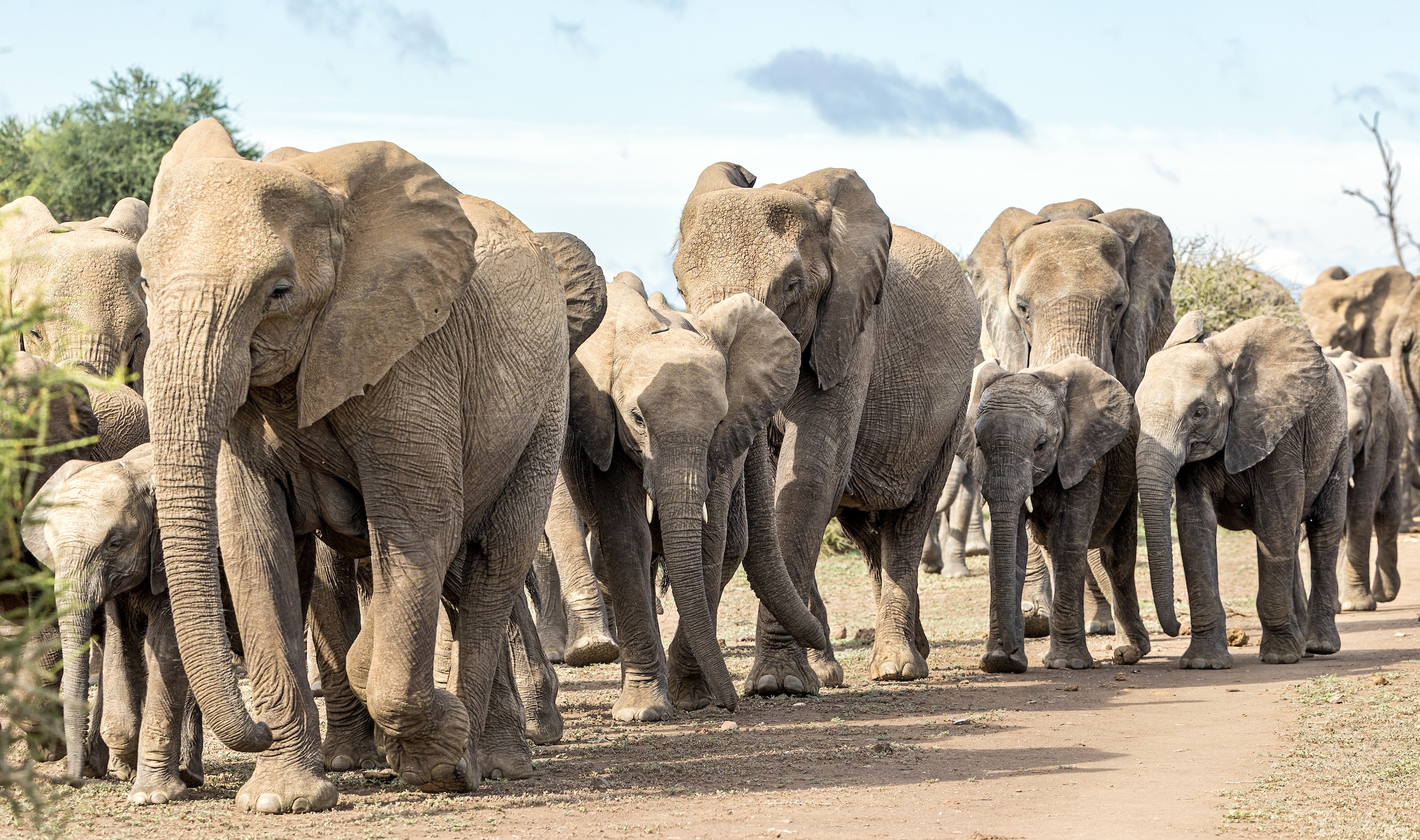
Do lions live in snowy habitats?
In the movie, while on their trek in search of the Pride Lands, Mufasa and his friends travel up a huge mountain covered in snow as they continue to evade the Outsiders. At one point, Taka encounters the Outsiders in this snowy environment, where their white fur makes them seem right at home.
Do lions ever travel to or live in snowy mountain habitats? No, this is not common for lions in real life, mainly because there are not many snowy mountains accessible to lions in Africa, and most lion prey species live down near the savannas and forests. Lions would find snowy environments too cold for their liking, and if they didn’t have the rare white fur genes, their natural golden fur would make them stand out too much from their surroundings. This would hinder their ability to blend in while hunting.
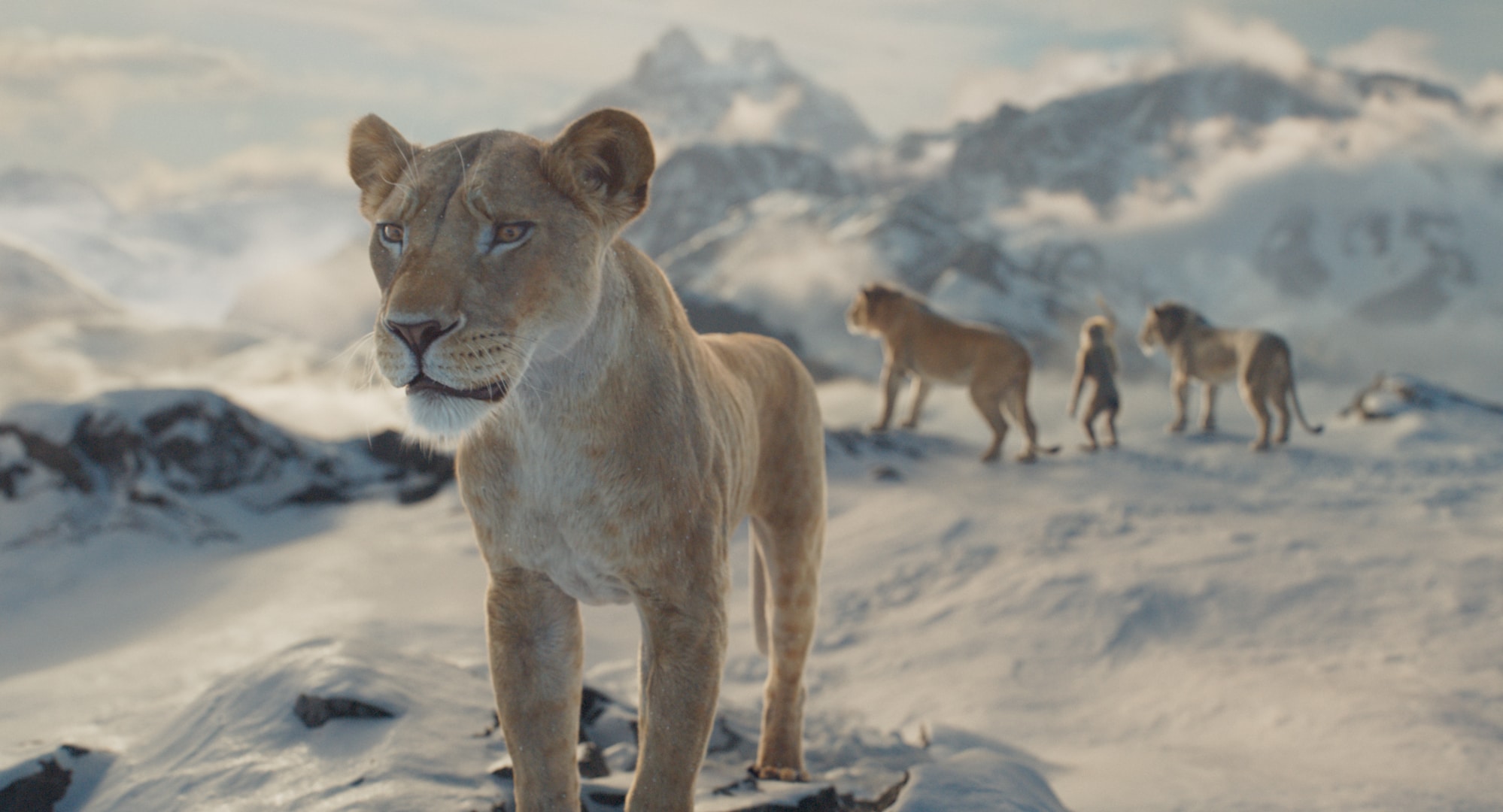
Mufasa: The Lion King is an incredible story that gets most things right when it comes to accurately portraying lions and their wild landscapes. That extra bit of movie magic added to the tale of young Mufasa only heightens the thrills, drama, and fun that all audiences can expect to enjoy when seeing the film…which you and your loved ones should do in theaters everywhere! You’ll not only be treated to an amazing experience, you’ll also be supporting the Protect the Pride campaign to help real lions recover their Pride Lands.
All of us at WCN and the LRF are grateful to Disney for their continued commitment to supporting lion conservation, and we hope you’ll join us in Protecting the Pride. Learn more at https://lionrecoveryfund.org/disney/

